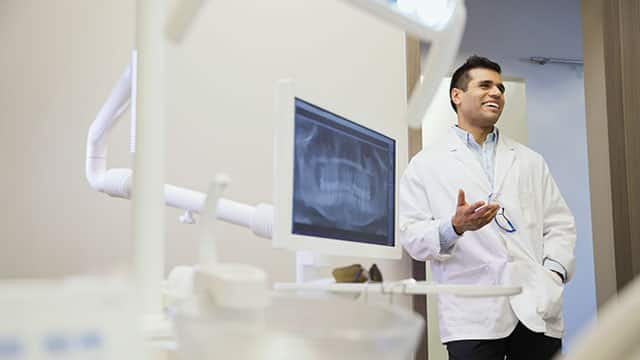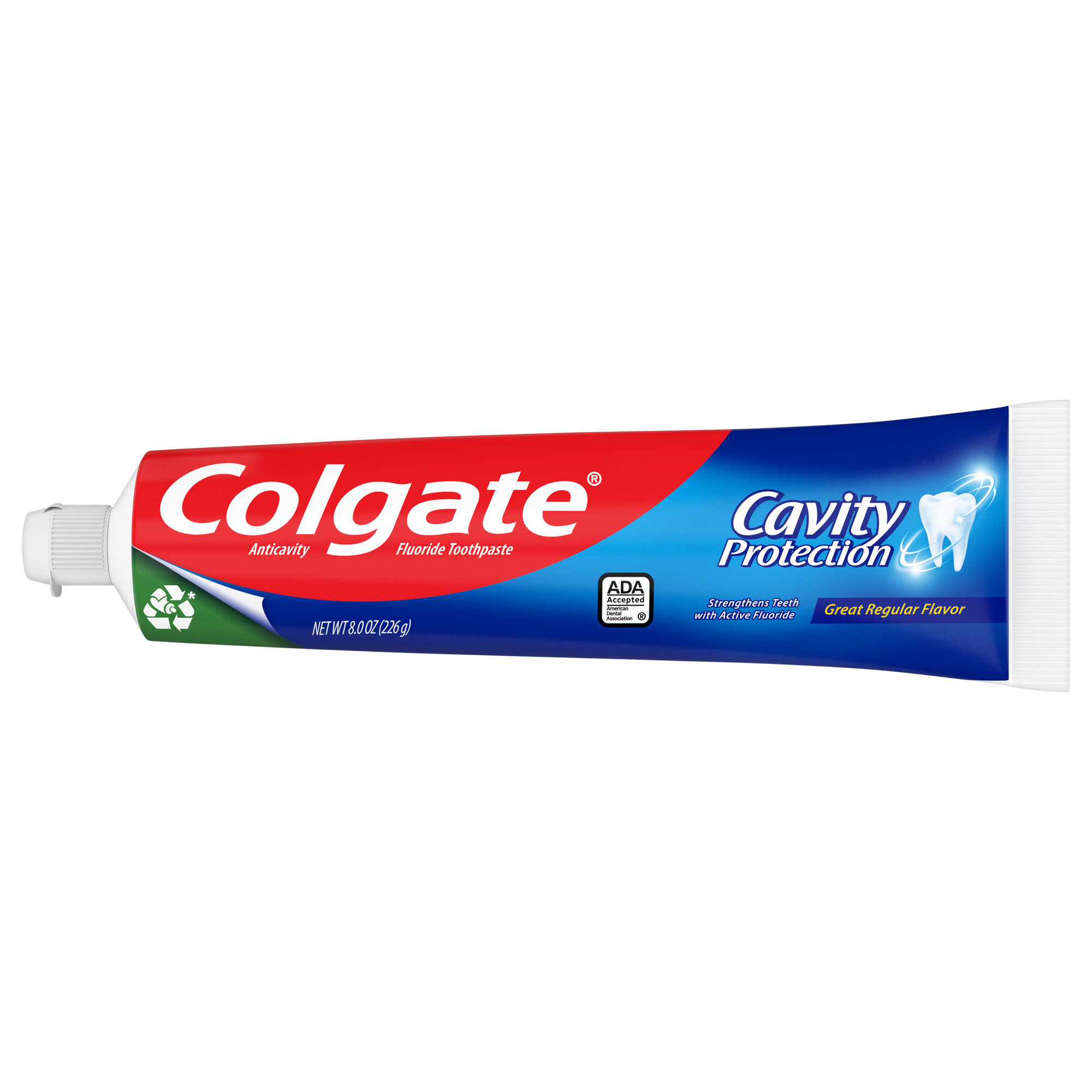When Can Teeth Be Saved?
Root canals can be used to save teeth that have damaged, diseased or dead pulp but are otherwise viable to your mouth. The pulp is the innermost layer of your teeth, providing healthy blood flow to each one, but it can become damaged if you crack your tooth or develop a deep cavity. Both of these situations allow bacteria from your mouth to reach your pulp, which can lead to infection, swelling, or the dying of the pulp's vital tissue.
When Should They Be Extracted?
Sometimes your dental professional can't save a tooth, and it needs to be removed. This may be the case if you have a large cavity that compromises too much of your tooth's structure, making it too weak to repair. If your tooth has a severe fracture, extraction may be the best option. A tooth with a crack that continues below the gumline explains is also a prime candidate for removal.
Root Canals: Procedure and Aftercare
Root canal treatment is relatively simple: After numbing the area, your dentist will make an opening in the affected tooth, then remove the diseased or dead pulp. Once the pulp has been removed, the pulp chambers will be carefully cleaned to ensure no bacteria are left behind. The pulp chambers will then be filled with "gutta-percha," a dental material that replaces your damaged pulp. A crown may be placed on top of the tooth to help restore its appearance and strength. Multiple visits are often required for your root canal, depending on your precise situation.
After your procedure, it's normal to feel some pain for a few days. This pain can vary from a dull ache to sharp or acute pain, but you should be able to manage your discomfort with an over-the-counter painkiller. If your pain is too intense for personal treatment, or if it goes away and then returns, don't hesitate to see your dental professional.
Tooth Extraction: Procedure and Aftercare
If you need the tooth extracted, your dentist will numb the area, so you don't feel any discomfort during the procedure. Next, they'll use a lever-like appliance known as an elevator to loosen your tooth while it's still in its socket. Forceps will then officially extract the tooth. You can expect to feel some pressure while this happens, but nothing that takes away your overall comfort level.
After your tooth is extracted, you'll bite on a piece of gauze for up to 45 minutes to clot the blood flow that naturally occurs. Light bleeding for about 24 hours after the procedure is normal and a bit of facial swelling, but ice packs can help reduce the inflammation. When eating again, stick to soft, cool foods that don't irritate your extraction site, and as you heal, you can gradually get back to your regular diet.
In general, it can take at least two weeks for the extraction site to heal, during which time you should gently brush your teeth to avoid further irritation.
Making Your Decision
After examining your diseased or damaged tooth, your dental professional will recommend the most appropriate treatment method based on their experience. If you're concerned about paying for a root canal, affordable dental services like local dental schools are a viable alternative. Root canal vs. extraction can be a difficult choice, but a dental professional can help you determine the right choice for you and your tooth.
Oral Care Center articles are reviewed by an oral health medical professional. This information is for educational purposes only. This content is not intended to be a substitute for professional medical advice, diagnosis or treatment. Always seek the advice of your dentist, physician or other qualified healthcare provider.
ORAL HEALTH QUIZ
What's behind your smile?
Take our Oral Health assessment to get the most from your oral care routine
ORAL HEALTH QUIZ
What's behind your smile?
Take our Oral Health assessment to get the most from your oral care routine















